Crackling sound in the washing machine when the drum rotates
 If you hear a metallic grinding sound when the washing machine drum rotates, then you should not hesitate. It is necessary to forcefully stop the cycle, disconnect the unit from the power supply, drain the water, empty the hatch and call a technician. You can figure it out without the latter: you just need to strictly follow the instructions. Creaking when the drum rotates can be a “symptom” of several breakdowns at once. You will have to consistently check all possible causes.
If you hear a metallic grinding sound when the washing machine drum rotates, then you should not hesitate. It is necessary to forcefully stop the cycle, disconnect the unit from the power supply, drain the water, empty the hatch and call a technician. You can figure it out without the latter: you just need to strictly follow the instructions. Creaking when the drum rotates can be a “symptom” of several breakdowns at once. You will have to consistently check all possible causes.
Where does this sound come from?
Finding out the cause of a metal grinding sound is not always easy - this sound accompanies several breakdowns at once. To localize the problem, extensive diagnostics must be carried out. You should spin the drum slowly to the right and left, gradually accelerating. Then we pay attention to the following points:
- what is the nature of the crackling noise (creaks constantly or periodically);
- Is the drum jammed?
- whether a clanging or crunching sound is heard at the same time;
- how difficult it is to spin the drum;
- Is there any displacement of the cylinder down or to the side?
You cannot operate a clanging machine - it is unsafe!
It is important to comprehensively assess the situation by constantly rotating the drum. The stronger the clank and the more difficult it is for the cylinder to turn, the more serious the problem. Based on the results of the inspection, we correlate the “symptoms” with possible breakdowns. So, the machine rattles in the following situations:
- a foreign object is stuck in the tank, jamming the drum;
- the drive belt has fallen off or broken;
- the bearing unit has failed;
- the crosspiece was deformed.
You cannot delay repairs - any of the listed breakdowns are very serious.It is better not to delay diagnosis, but to look for the source of the clanging sound.
Removing the back wall of the case
Spinning the drum is only the first stage of diagnosis. Afterwards, you will have to partially disassemble the machine yourself, sequentially checking all possible problems. This way the range of problems will be narrowed down and the source of the clanging will be revealed. It is recommended to proceed in the following order:
- turn off the power to the washing machine;
- free access to the “back” of the machine (turn the unit around or move it away from the wall);
- remove the back wall by unscrewing the retaining bolts around the perimeter of the panel;
- inspect the drive and rear surface of the tank.
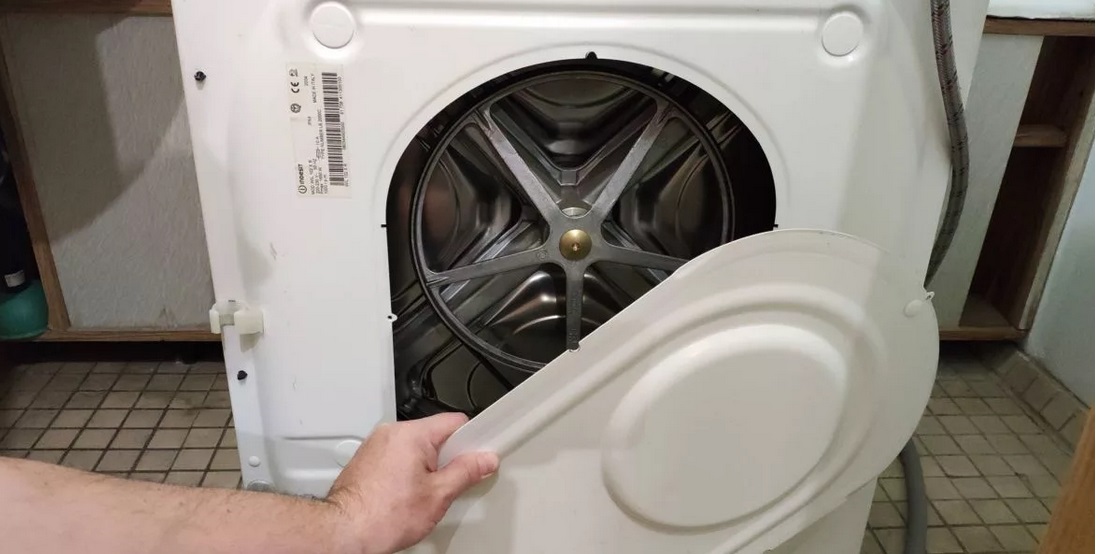
Problems with the drive are immediately noticeable - a broken belt will lie at the bottom of the machine. It is also easy to see the displacement of the rim, as the rubber will “fall out” of the grooves. In this case, the instructions on what to do are simple: adjust the position of the “ring” or find a replacement and pull the elastic band back.
When looking for spare parts for repairs, you need to focus on the serial number of the washing machine.
Is the drive belt in place? Then carefully examine the back wall of the washing tank. Rusty smudges on it are a sign of failed bearings. A damaged oil seal begins to let water through, eventually moisture gets inside the bearing assembly, washes away the lubricant and leads to corrosion. When the drum rotates, the shaft moves with force, which is accompanied by knocking and clanging.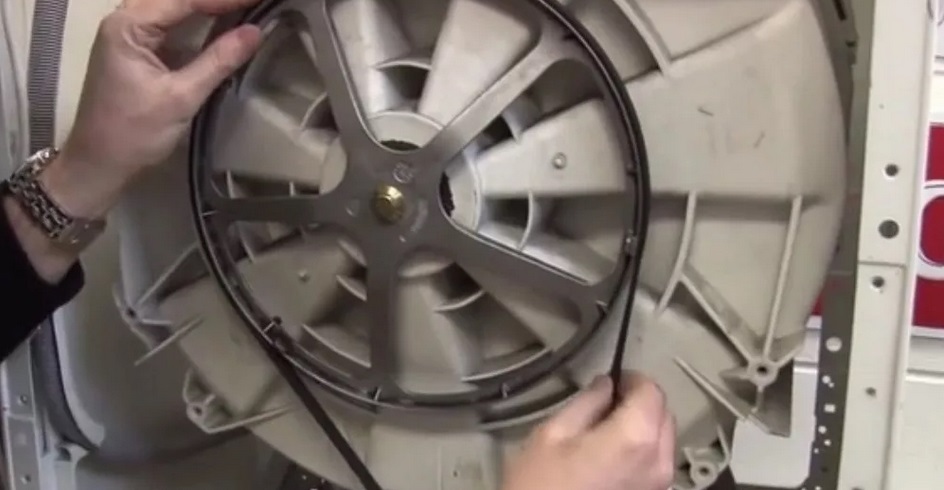
Broken bearings and leaky oil seals must be replaced with new ones. It is better to entrust the repair to a professional. To replace it, you will have to almost completely disassemble the machine, which is quite difficult to do.
It's all about the foreign object
Often the cracking sound is caused by a hard object stuck in the tank: a metal wire from a bra, keys or a hair clip. The “lost” falls to the bottom, and when the cylinder unwinds, it clings to its walls. In the worst cases, a foreign body jams the drum - the container slows down and tilts.
There are two ways to remove a foreign object from the tank:
- through the hole of the heating element;
- through the drain pipe.
The first option is simpler, but is only suitable for washing machines with heating elements located at the back. We are talking about front-facing machines from LG, Candy, Beko and Indesit. On equipment from Bosh and Siemens, the heater is located at the front, and its removal is much more difficult.
To pull an object through the heating element hole with your own hands, you need to:
- de-energize the machine;
- provide free access to the back side of the washing machine (unfold the equipment or move it away from the wall);
- open the rear service hatch by unscrewing the fixing bolts; if it is missing, open the entire rear panel;
- find a metal or plastic tank behind the drive pulley, and under it - a “chip” with wires;
- disconnect the connected wiring from the chip;

- loosen the central nut holding the heater;
- grab the heating element with your hands and, swinging it to the sides, pull it towards you.
Through the vacated hole we take out the object that has fallen into the tank. You can stick your palm or tweezers into the hole, but it is better to use a hook - a thick wire bent into a loop. At the same time, it is recommended to clean the heating element itself and its seat from plaque and dirt.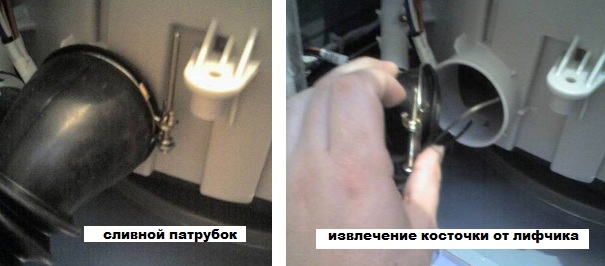
To get to the “lost” through the drain pipe, you need to completely empty the machine. Then we lower the equipment onto its left side and look inside through the body. If the model has a tray, then we work through the back wall.
Next, we find the snail and the pipe going from it to the tank. Loosen the clamps holding it and unhook the hose. Afterwards, all that remains is to remove the item from the hole, turning the drum, and put the machine back together.
Interesting:
Reader comments
- Share your opinion - leave a comment
Categories
Washing machine repair


For buyers

For users

Dishwasher

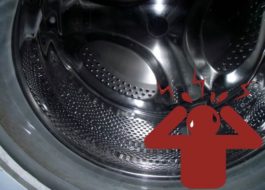


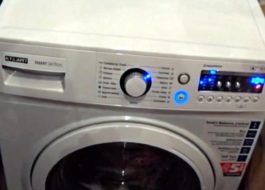

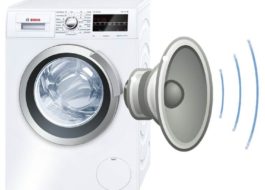










Add a comment